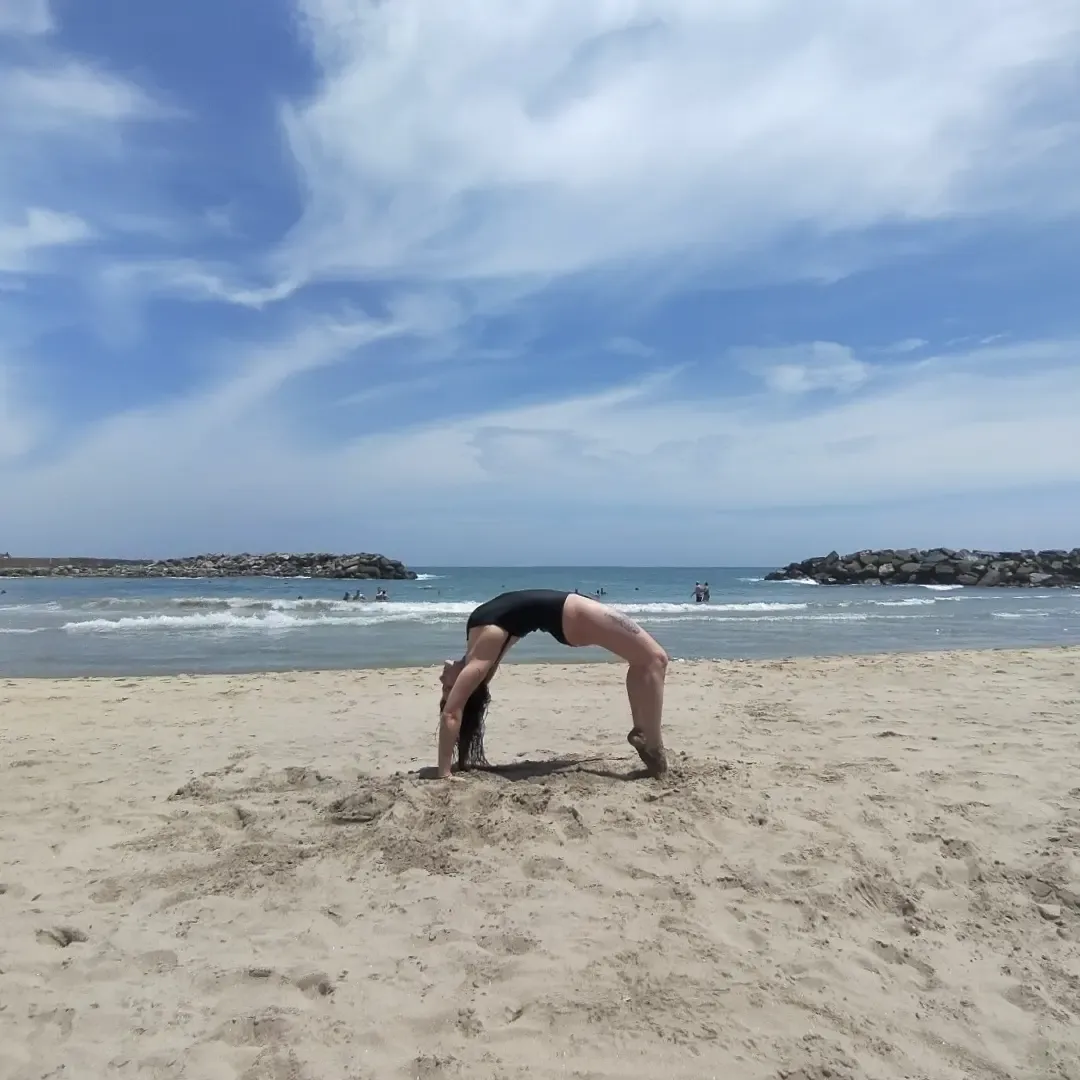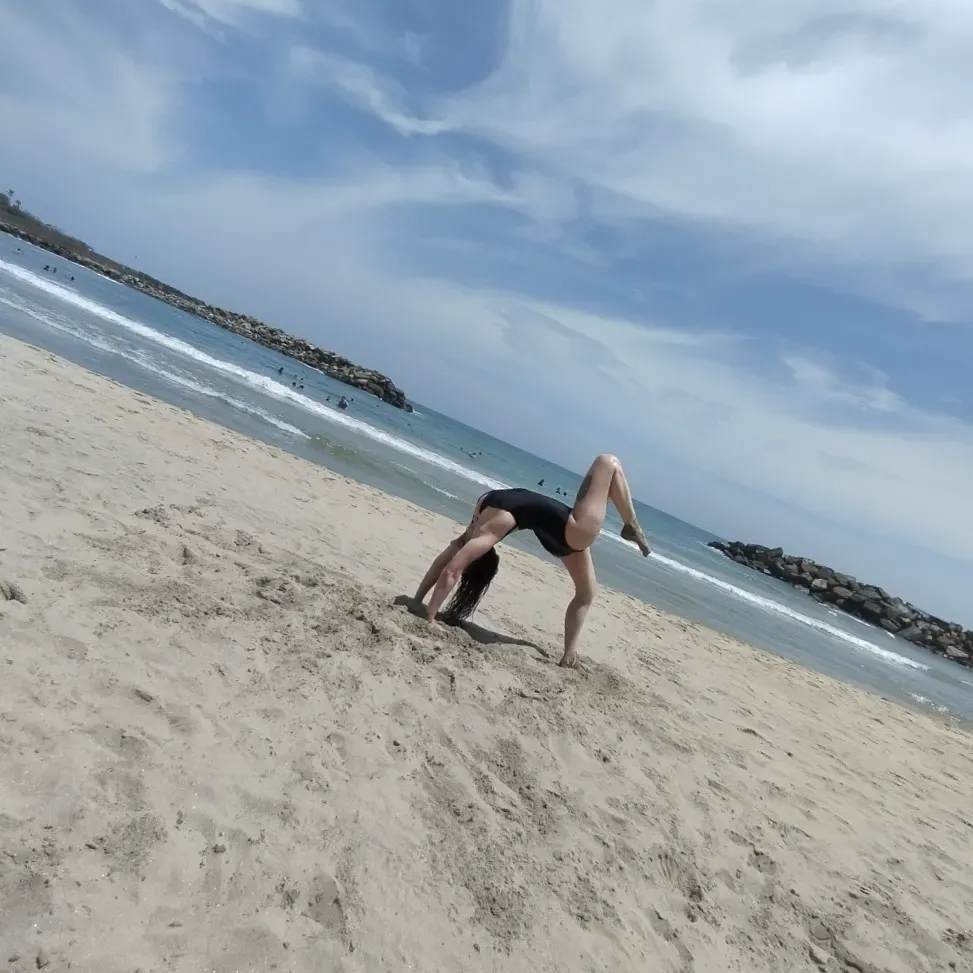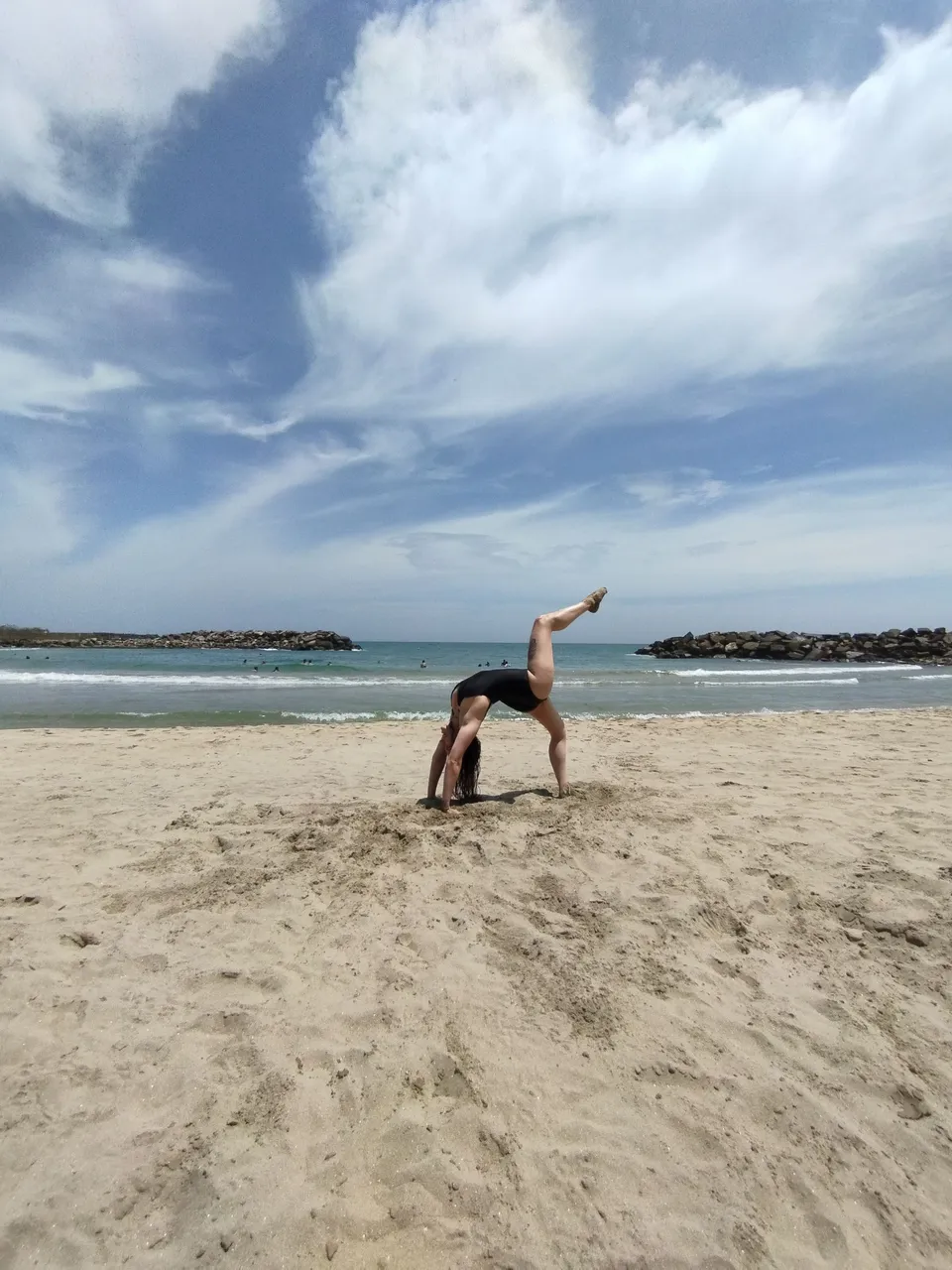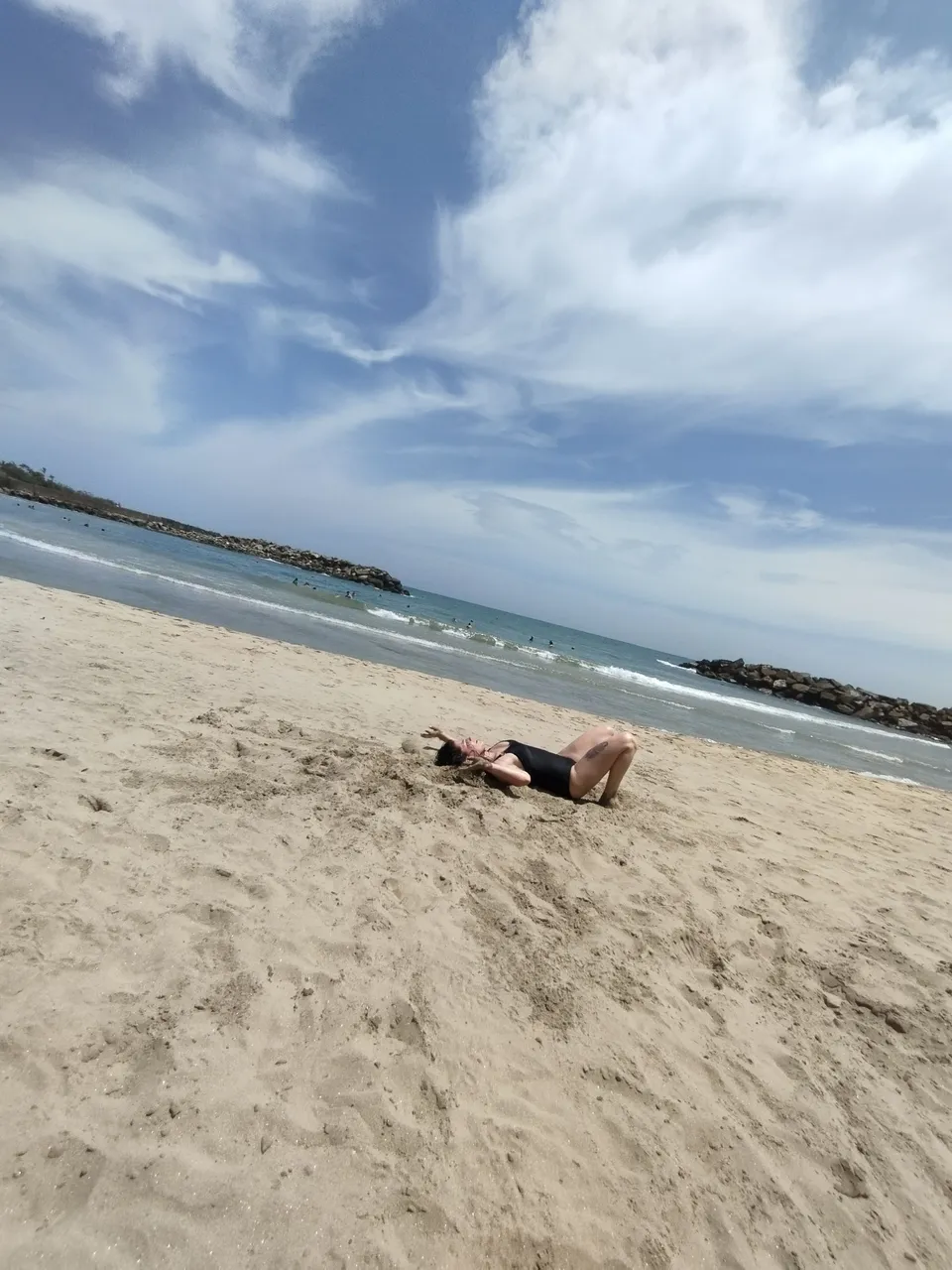
Antes de todo, la postura de la rueda es una de las asanas que tiene más de un nombre: Chakrasana y Urdhva Dhanurasana. En Hatha Yoga solemos llamar la postura de la rueda Chakrasana, que proviene de las palabras sánscritas Chakra, que significa «rueda», y “asana”, postura. En Ashtanga Yoga llamamos la postura de la rueda, Urdhva Dhanurasana. Urdhva sería “hacia arriba” y Dhanurasana viene de la palabra sánscrita Dhanura, que significa “arco”, es decir: postura del arco hacia arriba.
First of all, Wheel Pose is one of the asanas that has more than one name: Chakrasana and Urdhva Dhanurasana. In Hatha Yoga we usually call the wheel posture Chakrasana, which comes from the Sanskrit words Chakra, which means "wheel", and "asana", posture. In Ashtanga Yoga we call the wheel pose, Urdhva Dhanurasana. Urdhva would be "upwards" and Dhanurasana comes from the Sanskrit word Dhanura, which means "arch", that is: posture of the bow upwards.
La postura de la rueda se suele hacer al final de las secuencias de yoga, cuando se ha calentado el cuerpo y la columna, ya que es una asana de extensión de la columna. Se considera una postura de yoga difícil, perfecta para ti si practicas yoga intermedio o avanzado, porque sus beneficios se notan gradualmente cuando te comprometes con una rutina de yoga. Como asana de inversión, la rueda nos ayuda a activar nuestro sistema endocrino y a mejorar el funcionamiento de nuestras hormonas. Además, al conllevar una extensión de columna hacia atrás también nos ayuda a trabajar la musculatura de la espalda y a estirar el recto abdominal.
The wheel pose is usually done at the end of yoga sequences, when the body and spine have been warmed up, as it is a spinal extension asana. It is considered a difficult yoga posture, perfect for you if you practice intermediate or advanced yoga, because its benefits are gradually noticed when you commit to a yoga routine. As an inversion asana, the wheel helps us activate our endocrine system and improve the functioning of our hormones. In addition, by leading to an extension of the spine backwards, it also helps us to work the muscles of the back and to stretch the rectus abdominis.
 Variante : Eka Pada Urdhva Dhanurasana
Variante : Eka Pada Urdhva DhanurasanaLa Urdhva Dhanurasana o Postura del Arco tiene múltiples beneficios. Algunos de ellos son los siguientes:
The Urdhva Dhanurasana or Bow Pose has multiple benefits. Some of them are the following:
La postura de la rueda, Chakrasana o Urdhva Dhanurasana, es una postura de extensión de columna (o arqueo de espalda) en la que, físicamente, trabajamos el estiramiento profundo de la columna vertebral y de toda la parte frontal del cuerpo, desde las muñecas hasta los tobillos. Energéticamente, por otro lado, trabajamos la apertura del cuarto Chakra, Anahata, el Chakra del corazón. Anahata Chakra se ubica en el plexo solar, relacionado con el corazón. Su elemento es el Aire (Vayu, en sánscrito) y es el Chakra relacionado con el amor y la capacidad de donar. Según las antiguas teorías Tantricas, Anahata Chakra es el puente o la conexión entre cuerpo y espíritu. Así que con la postura de la rueda (Chakrasana o Urdhva Dhanurasana), trabajando la apertura del pecho, estamos abriendo el Chakra Anahata por un lado, y estirando profundamente el cuerpo por el otro.
The posture of the wheel, Chakrasana or Urdhva Dhanurasana, is a column extension posture (or back arch) in which, physically, we work on the deep stretching of the spine and the entire front part of the body, from the wrists up to the ankles. Energetically, on the other hand, we work on opening the fourth Chakra, Anahata, the heart Chakra. Anahata Chakra is located in the solar plexus, related to the heart. Its element is Air (Vayu, in Sanskrit) and it is the Chakra related to love and the ability to donate. According to ancient Tantric theories, Anahata Chakra is the bridge or connection between body and spirit. So with the posture of the wheel (Chakrasana or Urdhva Dhanurasana), working the opening of the chest, we are opening the Anahata Chakra on one side, and deeply stretching the body on the other.
Fortaleces los brazos y las piernas por soportar tu peso.
El momento del impulso hacia arriba con los brazos y las piernas exige bastante fuerza. Puedes mantener más la postura en la Urdhva Dhanurasana o Postura del a Rueda que en la Postura del Arco.
En la Postura de la Rueda los glúteos hacen más ejercicio que en la Postura del Arco. Están en tensión junto con la pierna y, como acabo de decir, esa tensión se mantiene más tiempo porque se aguanta mejor en esa postura. La flexibilidad que se obtiene es mayor, aunque es verdad que también se necesita más cuanto más cerca estén los brazos y las piernas en la posición final.
Mejorarás en coordinación, gracias a que todo el cuerpo tiene que trabajar para un mismo objetivo, pero con tareas diferentes.
Estiras el pecho y los pulmones.
You strengthen your arms and legs by supporting your weight.
The moment of the upward thrust with the arms and legs requires quite a bit of strength. You can hold more posture in Urdhva Dhanurasana or Wheel Pose than in Bow Pose. In Wheel Pose the glutes get more of a workout than in Bow Pose. They are in tension along with the leg and, as I just said, that tension is maintained longer because it is better held in that position. The flexibility you get is greater, although it is true that you also need more the closer your arms and legs are to the final position. You will improve in coordination, thanks to the fact that the whole body has to work for the same goal, but with different tasks.
You stretch your chest and lungs.


Parte de la información fue extraída de esta página,http://widemat.com/urdhva-dhanurasana-postura-de-la-rueda/. Las fotos las capturó mi mamá @archaia.sofia
